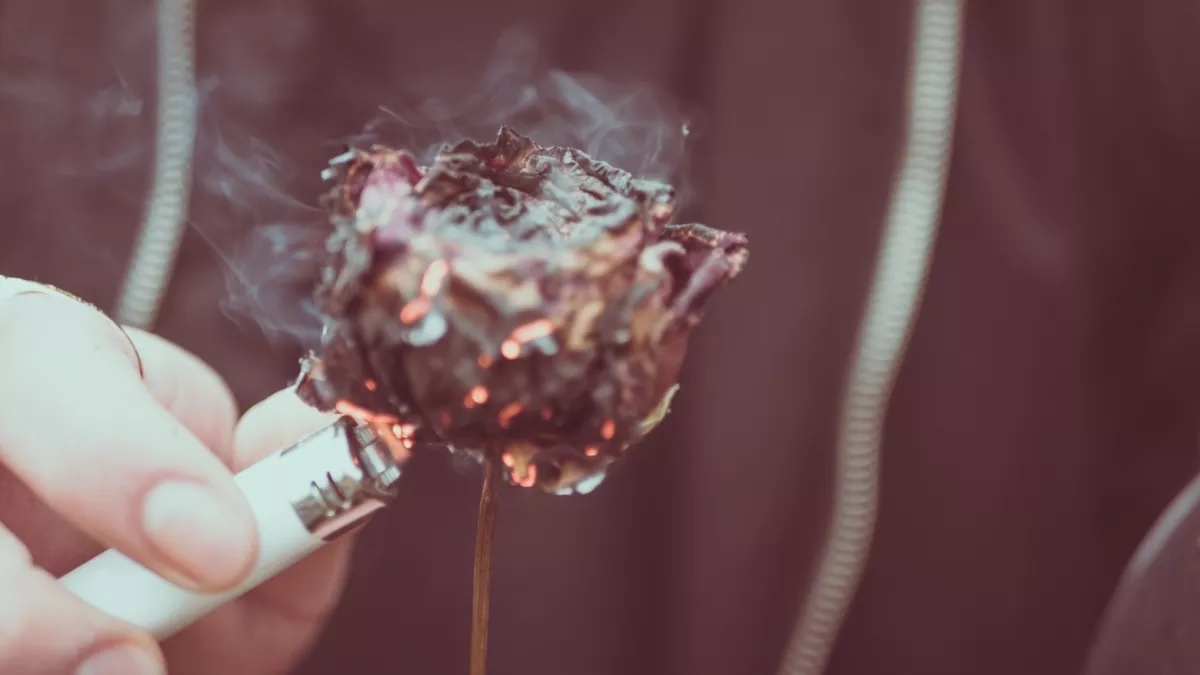“Drugs Paraphernalia” are defined as equipment or accessories that are used to produce, conceal, and/or consume illegal drugs. These items may be designed especially for drug use, or might simply be household items adapted for the purpose. Drugs paraphernalia are generally a red flag - a strong indicator of actual drug abuse. Because of this, becoming knowledgeable and learning to recognize these items can help you identify a developing addiction and address it while still in its beginning stages.
Common Drugs Paraphernalia
There are a variety of ‘drug tools’ which are used to produce and ingest drugs. Some are specialized items that are created especially for drug use, while others are merely household items that have been repurposed for drug use.
In this article, we’ll bring you many examples of drug paraphernalia. Join Avenues Recovery, pioneers in drug and alcohol detox and addiction rehabilitation, as we explore some common drugs and the paraphernalia that is used to ingest them.
Marijuana
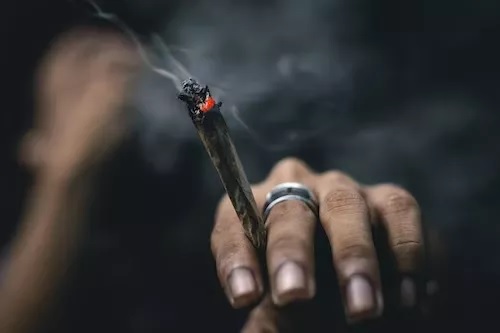
- Pipes - Classic pipes are often used to smoke marijuana.
- Lighters/ Matches/Bunsen Burners – A flame is necessary for the preparation and consumption of many drugs. For marijuana use, it is needed to light the pipe before smoking.
- Rolling papers – Rolling papers are thin sheets of paper used to create smokable weed cigarettes, also known as “joints”.
- Bongs - Also known as water pipes, bongs are filtration devices also used to smoke marijuana.
- Vaporizers – Vaporizers are commonly used to vaporize and then inhale marijuana.
- Roach Clips – A roach clip is a metal clip or holder used to grip a marijuana joint, so the user can smoke it to its very end without burning their fingers.
- E – cigarettes [1] – E-cigs are another convenient way to vaporize and inhale marijuana.
Heroin/Opiates
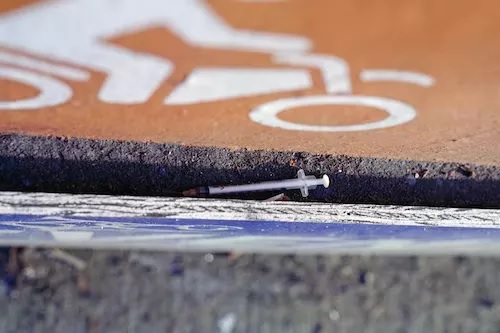
- Spoons – Many drugs, including heroin and many opiates, need to be mixed with water and cooked over a flame before use. A metal spoon serves as a convenient base in which to cook drugs.
- Tin Foil/Bottle Caps – Enterprising drug users who have no spoons available to them (or don’t wish to attract any attention with missing spoons) may use folded tin foil or metal bottle caps instead.
- Hypodermic Needles – For those who choose to inject drugs intravenously, needles are an important part of their paraphernalia.
- Pipes – Some choose to smoke heroin or opiates via a pipe.
- Plastic Straws/Hollowed Pens – Snorting (or “insufflating”) drugs through the nasal passage is another popular method, and is done most easily with a straw or hollowed-out ballpoint pen.
- Dollar Bills – Drugs can also be snorted with a rolled-up dollar bill. Drug users usually prefer crisp new bills, since the frayed fibers of an old bill can catch some of the powder and stop it from being inhaled.
Cocaine
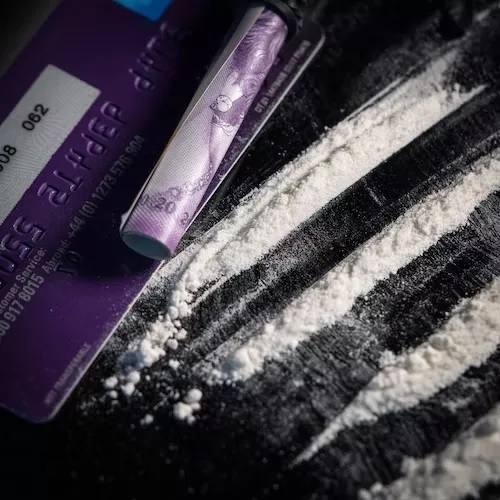
- Mirrors – Mirrors are often used as a chopping board for cocaine that needs to be cut and made into “lines” before inhalation.
- Plastic Straws/Hollowed Pens/Dollar Bills – Cocaine is most commonly ingested via snorting through straws, hollowed ballpoint pens, or rolled–up dollar bills.
- Razor Blades – A razor blade is often used in order to cut cocaine into lines before snorting.
- Lighters/Matches/Bunsen Burners – For those who inhale or inject cocaine, a lighter is used to cook the drug before use.
- Spoons/Bottle Caps – Spoons or bottle caps are used as a base when cooking the drug.
- Needles – Drug users who inject cocaine will always use a needle.
- Rubber Tubing – Drug users who inject like to tie off an arm (as is done before a blood test) in order to plump up the vein before injecting. A rubber tube or band is always preferred, because it provides a tension that other items (like shoelaces, elastic hairbands, lanyards and twine) don’t offer.
- Cotton Balls – Cotton balls are sometimes used to filter drugs after they have been cooked. The cotton ball is dropped into the spoon, absorbing all the liquid and retaining the impurities. The resulting pure fluid is extracted via a needle.
Ecstasy/Molly/MDMA
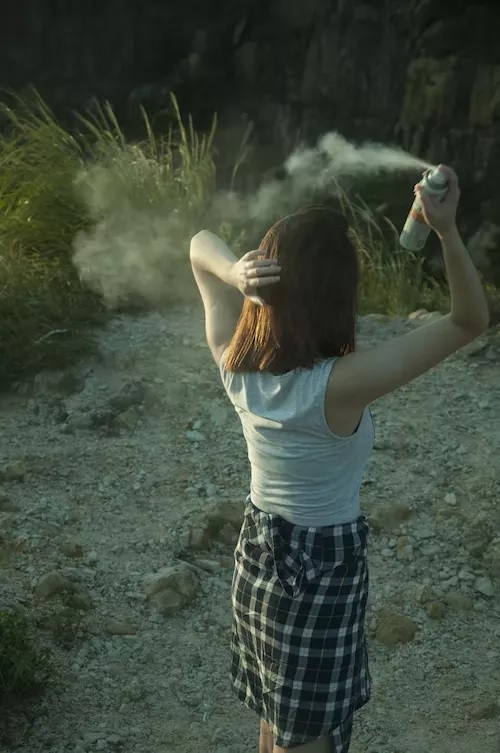
- Menthol Oil – Menthol oil, the vapor often used to treat colds, has become popular among Ecstasy users because it makes breathing easier and enhances the high of the drug.
- Surgical/Dust Masks – Teens using Ecstasy will rub menthol oils on the inside of a mask to enable them to enjoy its effects for an extended period of time.
- Glow Sticks – Ecstasy is by far the most prevalent drug at nightclubs and raves, and neon- colored glow sticks are strongly associated with today’s club culture.
- Baby pacifiers/Candy Necklaces/Lollipops – Pacifiers and candy are used to prevent the teeth-grinding caused by drugs, and by now have become an integral part of club culture in their own right.
- Bags of Colorful Candy – Ecstasy users often conceal the brightly colored tablets in large bags of similarly colorful candy.
- Mirrors/Straws/Dollar Bills/Razor Blades – For those who snort Molly (the powdered form of Ecstasy), all the usual insufflation paraphernalia will apply.
Inhalants
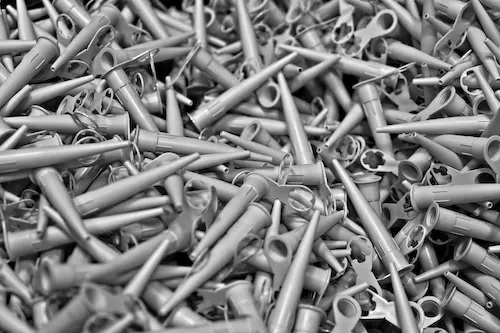
- Aerosol Cans – Drug abusers will inhale the chemical vapors from an aerosol can to induce a quick high. This method is called “huffing” or “bagging”. Examples of commonly abused aerosols include: Spray paint, cooking spray, whipped cream cans, hair spray, spray deodorant, air freshener, and fabric protector sprays.
- Chemical–Soaked Rags – Another method of abusing inhalants would be to soak a piece of fabric in a chemical solvent and hold it over the nose or mouth, inhaling the fumes.
- Tubes of Glue – Many adolescents will sniff the fumes from glue to get high. Other commonly abused household items include: nail polish remover, lighter fluid, shoe polish, paint thinner, gas, felt-tip markers, correction fluid, degreasers, dry cleaning fluids, and rubber cement.
- Balloons – Nitrous oxide, better known as “laughing gas”, is a dissociative anesthetic that is usually transferred from a canister to a balloon, and then inhaled.
- Nozzles – Nozzles are used in order to spray inhalants directly from an aerosol can into the nose and/or mouth, producing a brief and intense high.
Methamphetamines
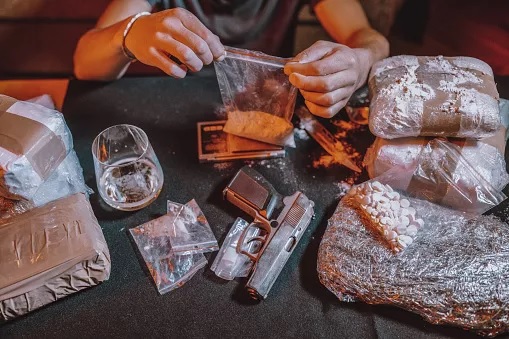
- Pipes – Those who smoke meth will most often use a pipe.
- Light Bulbs – A new trend has meth users repurposing light bulbs into pipes for smoking meth.
- Tin Foil – Tin Foil is commonly used for cooking meth before injection.
- Hypodermic Needles – Those who inject meth will always be in possession of needles/syringes.
- Plastic Straws/Hollowed Pens/Mirrors/Razor Blades etc.– All the usual snorting paraphernalia will apply for meth users who snort the drug.
Other Signs of Drug Use
Aside from actual paraphernalia for drugs, there are various other physical signs which can indicate drug abuse. If you notice any of these symptoms in conjunction with finding drugs paraphernalia, there is a likely chance that your child or loved one is abusing drugs.
Telltale signs of drug abuse include:
- Eyedrops – to correct red, bloodshot eyes
- Sunglasses – to hide red eyes and pinpoint pupils
- Plastic baggies or small paper bags – for storing and/or transporting
- Empty pill bottles
- Mouthwash, mints, breath sprays – to mask the drug’s offensive smell
- Drug – culture clothing, accessories, jewelry, tattoos, music
- Red dripping nostrils - from snorting drugs
- Needle tracks on the inside of the arm – from injecting drugs
- Sleepiness and lethargy
- Apathy and lack of interest in previous hobbies/pursuits
- Violent outbursts/mood swings
- Change of friends
- Skipping school, poor grades
- Constantly missing curfew
- Neglecting personal hygiene (dirty and rumpled clothing etc.)
- Sudden weight gain/weight loss
- Stealing, lying, and secretive behavior
What do I do If I Find Paraphernalia for Drugs?
It can be frightening and overwhelming to discover that your loved one is abusing drugs. But the sooner you identify a problem, the sooner you can address it and get them the help they need.
Before confronting your loved one, it is wise to try to get as much information as possible about their drug use. Which substance are they primarily using? How long have they been using it? Will they experience debilitating withdrawal symptoms if they quit cold turkey [2]? Once you gather as much information as possible, try to research treatment options to find the rehab best suited for your loved one.
Next, have a conversation with your loved one - from a place of love, compassion, and patience. Firstly, try to determine from their responses the extent of their current substance use. Are they merely experimenting out of curiosity or peer pressure? Or are they truly trapped in the throes of an addiction that they no longer have control over? Try to explain to the using individual how the path they are on now is not sustainable, and will ultimately result in terrible consequences.
There is Help for Drug Abusers
If your loved one is still in the experimentation stage, they may only need some strong boundaries and constant encouragement to stop on their own. But if they are well and truly addicted to drugs and will suffer real withdrawal symptoms if they quit, they may need rehab to fully recover. Reassure them that you are there for them unconditionally and will do all you can to get them the help they need. If your loved one is unresponsive or turns angry from your overtures, and continues using as before, you may ultimately have to stage a drug intervention.
Discovering drugs paraphernalia and learning that your loved one abuses drugs is highly distressing. But remember that early detection and treatment is key to successful sobriety!
Contact Avenues Recovery today to learn about the detox and treatment programs we offer around the US, and see how we can best support you and your loved one toward sobriety. We’re here to help you all the way through.
Sources
[1] www.cdc.gov



